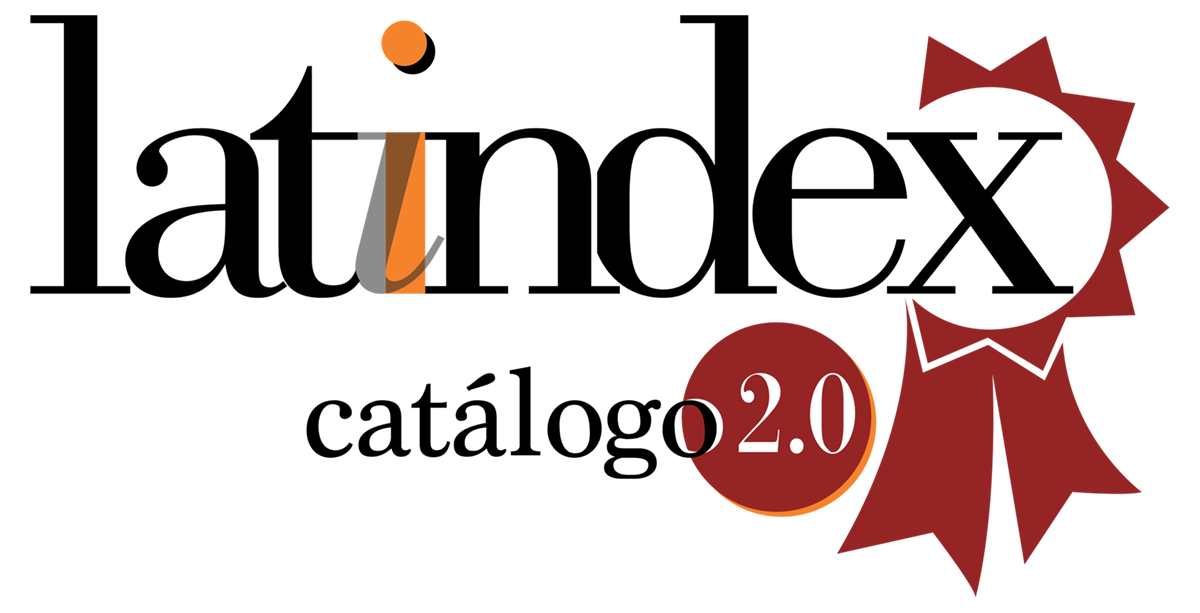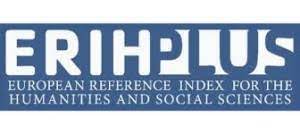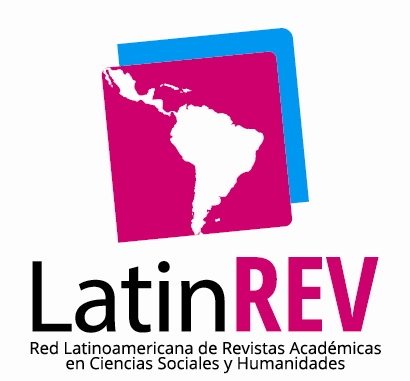The visual perception of causal relations
DOI:
https://doi.org/10.61144/0718-9397.2024.607Abstract
An important aspect of the Humean legacy in the context of contemporary philosophy is his skepticism regarding the possibility of perceiving or detecting causal relations in visual experience. This article will critically evaluate two important strategies that attempt to challenge this skeptical perspective by asserting that we do perceive causality. The first strategy is empirical in nature and was proposed within the scope of experimental psychology by Michotte (1963). The second strategy is based on a philosophical method of phenomenal contrast and has been defended by Siegel (2020). In what follows it will be argued that both strategies are insufficient and that they do not establish their goals. In the first case it will be argued that there are important methodological deficiencies regarding what we can legitimately conclude based on reports that contain causal expressions and it will be indicated that Michotte does not make explicit some theoretical commitments that are necessary to accept his proposal. In the second case, in addition to identifying methodological problems associated with our imaginative practices, it will be suggested that Siegel assumes excessive theoretical demands regarding the role of cognition in perceptual processing without offering independent arguments.
How to Cite
License
Copyright (c) 2024 Francisco Pereira Gandarillas

This work is licensed under a Creative Commons Attribution-NonCommercial-NoDerivatives 4.0 International License.
Los autores/as conservarán sus derechos de autor y garantizarán a la revista el derecho de primera publicación de su obra, el cual estará simultáneamente sujeto a la Licencia de reconocimiento de Creative Commons (CC BY-NC-ND) 4.0 que permite a terceros compartir la obra siempre que se indique su autor y se comparta el documento, en formato pdf y con la paginación del número original, a través del que este ha sido publicado por la revista. Siguiendo las definiciones establecidas por la licencia (ver: https://creativecommons.org/licenses/by-nc-nd/4.0/deed.es) los números de la revistas seguirán los siguientes términos:
-
Atribución — Usted debe dar crédito de manera adecuada, brindar un enlace a la licencia, e indicar si se han realizado cambios. Puede hacerlo en cualquier forma razonable, pero no de forma tal que sugiera que usted o su uso tienen el apoyo de la licenciante.
-
No Comercial — Usted no puede hacer uso del material con propósitos comerciales.
-
Sin Derivadas — Si remezcla, transforma o crea a partir del material, no podrá distribuir el material modificado.
- No hay restricciones adicionales — No puede aplicar términos legales ni medidas tecnológicas que restrinjan legalmente a otras a hacer cualquier uso permitido por la licencia.












